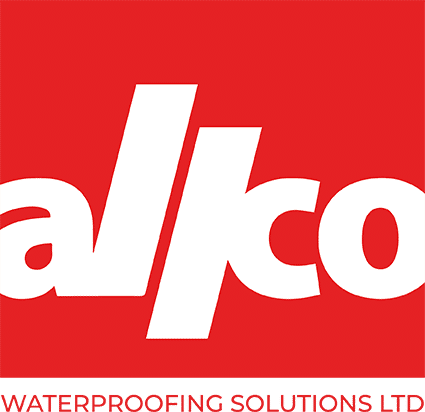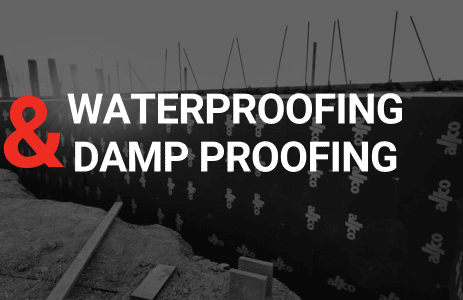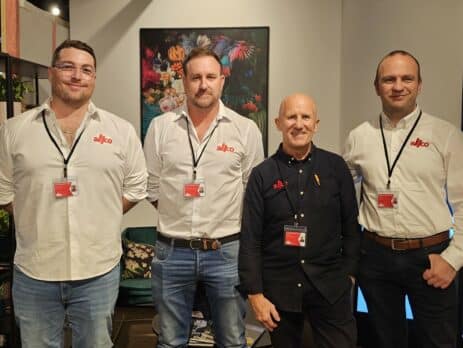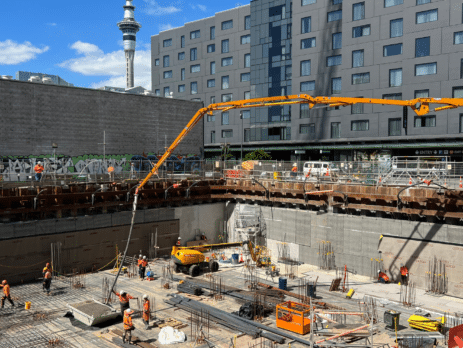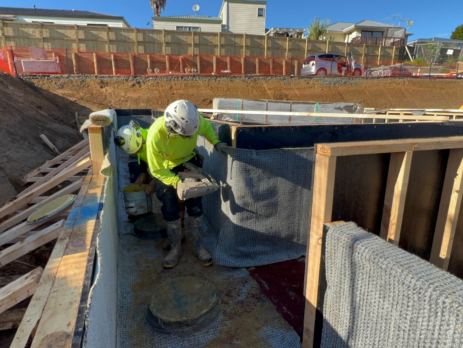Is Your Tanking Solution Holding You Back?
Volclay Waterproofing range offers a superior alternative to bitumen membranes, resisting water ingress entirely, helps contractors avoid costly weather delays, offers faster installation, adaptability to damp substrates, and no need for priming. Volclay saves both time and money—delivering reliable, long-term protection against water damage.
